Kasavu
- Bsae MaterialCottonSilk Mulberry / Pure
- StatesKerala
- Price Range₹700 - 100000
- WeatherAll Weather Breathability is appreciated in Summers
- PopularityTraditional wears of Kerala popular nationally and internationally too.
- CareHand Wash
- UsecaseMainly Mundu or Dhoti for men's wear and saree
History
Some say that the origin of Kasavu can be traced back to the Buddhist era when women started wearing a two-piece cloth called “settu mundu” or “mundum neriyathum”. The design of Kasavu is inspired by Palmyrene, Greco-Roman attire which is a long piece of unstitched cloth that has a colored border.
Kerala is the native home of Kasavu. In the pre-colonization era, there was no concept of saree in Kerala. Both men and women were supposed to wear the mundu, which used to cover the lower half of the body but not the upper half. No one (including women) was allowed to cover their upper bodies. If they did so, they had to pay a certain tax. After colonization, women started to cover their upper bodies with a shawl-like cloth called the Angavastram. This was the time when mundu was transformed into a 2-piece cloth resulting in the emergence of settu mundu. The concept of saree, a single piece wrap around cloth came much later and that was followed by the creation of blouses.
Kasavu is the zari work done with the golden threads used to make the border of a cloth piece, mostly in sarees. When Kasavu is done on a mundu i.e. dhoti, it becomes Kasavu dhoti.

Description
The sarees and mundus from Kerala are very minimalist when it comes to looks. They are primarily plain white with some sort of border. The patterning of the border weave is very minimal and done through jacquards or by using weft inlay. Its simplicity and minimal approach towards design are what make the Kasavu fabric stand out from the crowd. The understanding of choosing which saree to wear at a festival and which one to wear regularly or on a sad event depends on the thickness of the border.
The 3 clusters of Kerala identified by the Indian Government with Geographical identification - Balaramapuram, Chendamangalam, and Kuthampully produce Kasavu sarees.
As per the tradition, Kesavu garments are worn to perform Mohiniyattam, Kaikottikali, and Thiruvathirakali (traditional dance forms). A brand new Kasavu cloth is also placed near the Vishukkani (lamp) during the Vishu festival as a symbol of wealth and prosperity.

Where to Source
Chendamangalam Kuthampully Balaramapuram Kerala
Contact Us For Inquiry
Reach out to us at fabricsthan@gmail.com and we’ll help you find your fabric
